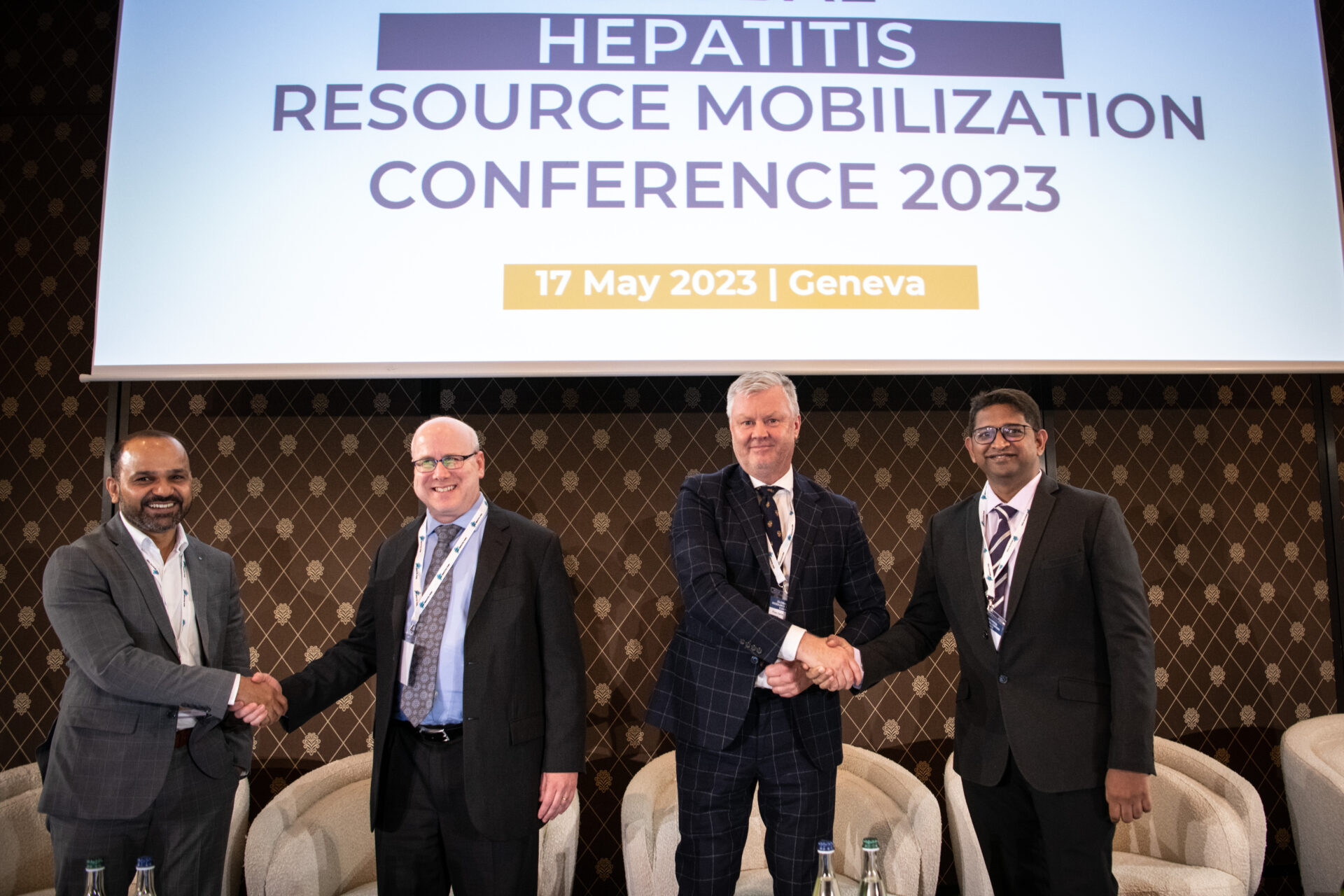The month of October marks Liver Cancer Awareness Month and serves as an essential reminder to spread awareness about the risks, prevention, and early detection of the disease, which is the third most common cause of cancer deaths worldwide.
A silent yet major contributor to liver cancer is viral hepatitis. Chronic viral hepatitis can progress to hepatocellular carcinoma (HCC), the most common type of liver cancer, accounting for 80% of all liver cancer cases. To significantly reduce HCC cases, it’s imperative to recognize the need to integrate hepatitis prevention, testing, and treatment into a broader strategy for HCC prevention.
The challenge in the Asia-Pacific Region
Liver diseases, often caused by viral infections, inherited conditions, obesity, and alcohol misuse, substantially impact public health in the Asia-Pacific (APAC) region, responsible for 63% of global deaths due to liver diseases. Alarmingly, the trend is worsening, with 610,000 new cases of liver cancer recorded in the region in 2020, constituting a staggering 73% of the global incidence of liver cancer.
Hepatitis B and C are the primary culprits behind HCC in APAC, accounting for 60% of related deaths. However, the strong stigma and discrimination associated with hepatitis hinder people from getting diagnosed and seeking treatment. This lack of screening and treatment for viral hepatitis often leads to the development of liver diseases, including liver cancer. As a result, over 80% of APAC HCC cases are diagnosed late when the disease has already advanced, making positive outcomes challenging to achieve.
HCC claims the lives of one million people in APAC, but despite these shocking statistics, the policy response of most governments to liver diseases has been inadequate and poorly funded.
The way forward
A few months ago, the APAC Liver Disease Alliance, which The Hepatitis Fund is a member, released a White Paper on hepatitis and HCC. The document assesses the landscape of liver diseases in APAC, investigates gaps and offers a pragmatic action plan to reduce the burden of hepatitis and HCC and improve public health in the APAC region. Key action points of the plan include:
1. Linking Hepatitis and HCC: It is crucial to view the entire continuum of liver diseases, linking hepatitis and HCC, to understand the true impact and costs for patients, healthcare providers, healthcare systems, governments, and economies. Given the heavy disease burden in the region, there’s an urgent need to halt the spread of hepatitis, the leading cause of HCC. Prevention is vital to protect society and avert the emergence of severe complications.
2. Importance of Prevention and Focus on the Care Continuum: Most liver diseases are preventable. Only about 5% of deaths are attributable to autoimmune and genetic disorders, while more than 90% are due to three main risk factors: alcohol consumption, viral hepatitis, and obesity.
3. Awareness: Education plays a crucial role in reducing the burden of liver diseases. Comprehensive marketing strategies, national campaigns, and the development of accessible educational materials for healthcare providers are essential.
The White Paper also presents an investment case for increasing investment in hepatitis elimination and comprehensive HCC management in the region. For example, by 2035, every USD 1 spent on hepatitis B elimination in the Philippines and Vietnam would return to USD 2.23 and USD 1.70, respectively.
Platforms like The Hepatitis Fund and the APAC Liver Disease Alliance are pivotal in increasing awareness, forming strategic partnerships, and facilitating policy dialogues for better funding, prevention, and control of liver diseases in the broadest sense. Lastly, if we wish to progress in the field of liver disease elimination, we must break down silos and enhance collaborations beyond individual disease-focused programs. We encourage leaders and policymakers operating in other global health sectors to support viral hepatitis and HCC elimination actively.
Photo credit: Huy Pan/Pexels.


